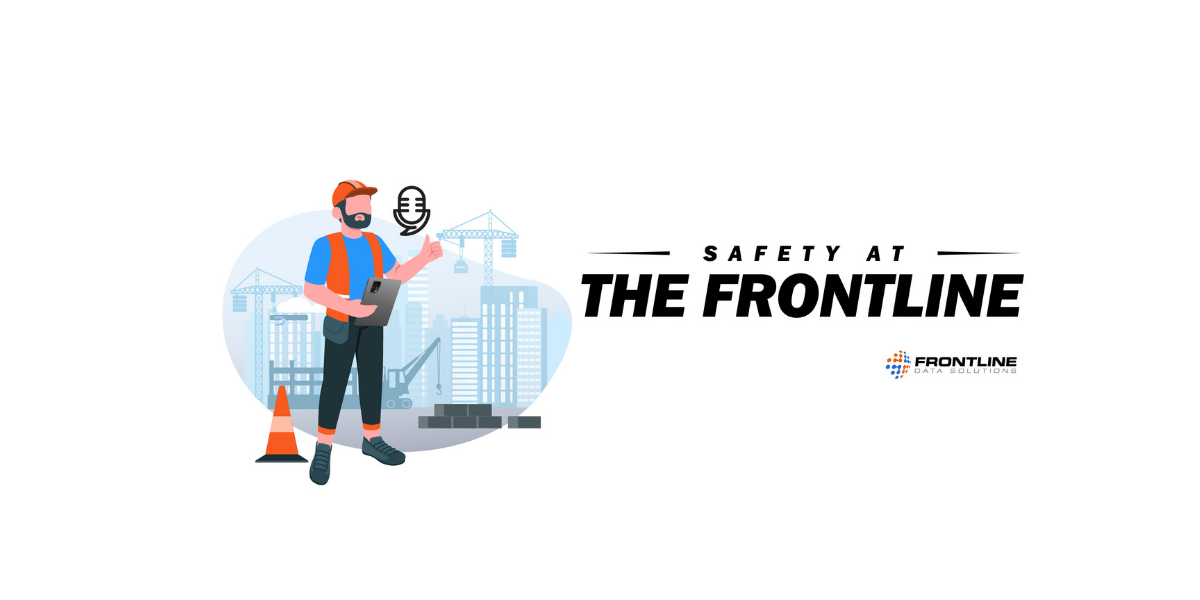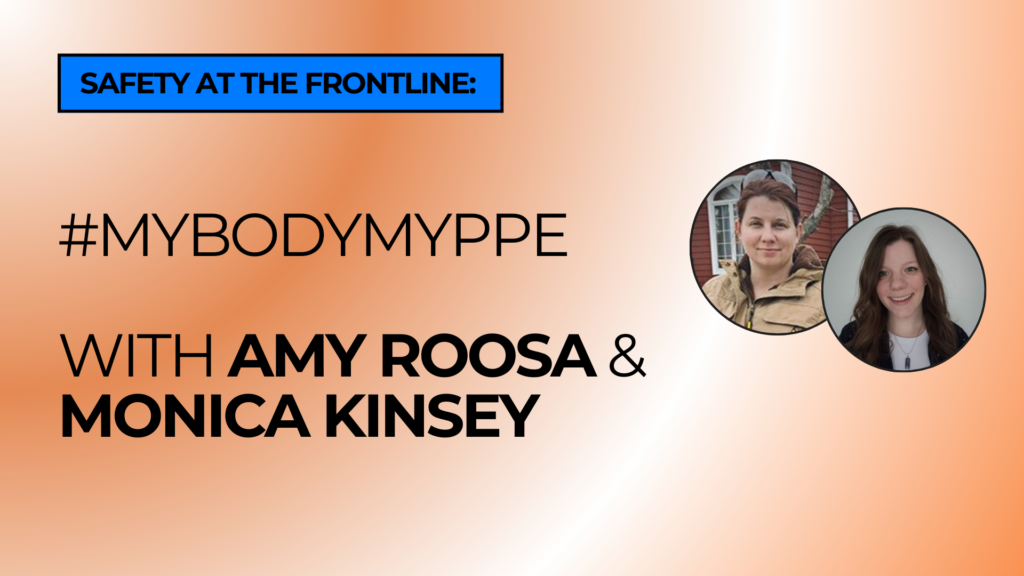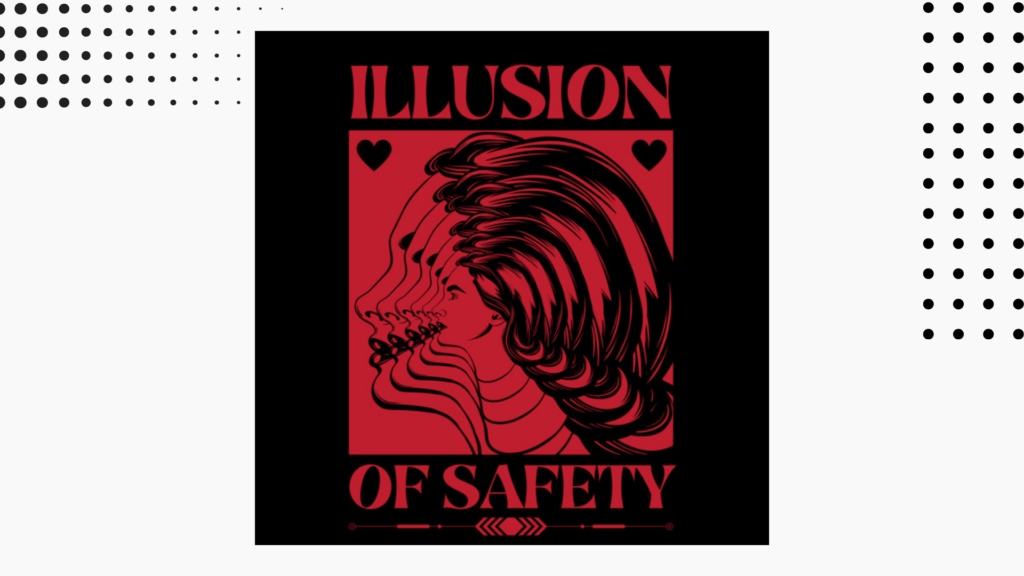What’s going on in EHS this week? Find out with Safety at the Frontline!
Tune in on Mondays to get the latest safety news with Frontline’s podcast. We’re covering the top EHS news, along with some quick and useful tips, so you can stay safe and keep rocking on the frontlines.
Heat.gov for heat protection
The Biden administration recently announced heat.gov, one of the several measures taken against heat and health protection.
The National Integrated Heat Health Information System provides real-time data and response resources to equip local officials and the public with accessible information through the portal. The site also features resources on extreme heat conditions and preparedness.
Make sure to check out the resources available for your area or industry.
New requirement enhances water safety
Onto the next news, tugboats and towboats are now required to have on board a Coast Guard-issued certificate of inspection to operate in the United States.
This requirement puts the industry in full compliance with federal Subchapter M towing vessel safety regulations – a product of a nearly two-decade partnership between the industry and the Coast Guard to promote safer waterways and enhance standards.
Jennifer Carpenter, CEO of American Waterways Operators noted that this was “a historic day for transportation safety in the largest segment of America’s domestic maritime industry.”
USDA reinstated organic animal welfare standards
Last news of the week, on August 5th, the USDA reinstated organic animal welfare standards. The Trump Administration had said it wasn’t USDA’s job to regulate the humane treatment of animals.
The withdrawal by the Trump Administration in 2018 of the 2017 Organic Livestock and Poultry rule has been reversed, meaning the USDA’s Agricultural Marketing Service proposes to amend the organic livestock and poultry production requirements by adding new provisions for livestock handling and transport for slaughter and avian living conditions, expanding and clarifying existing requirements covering livestock care and production practices and mammalian living conditions.





